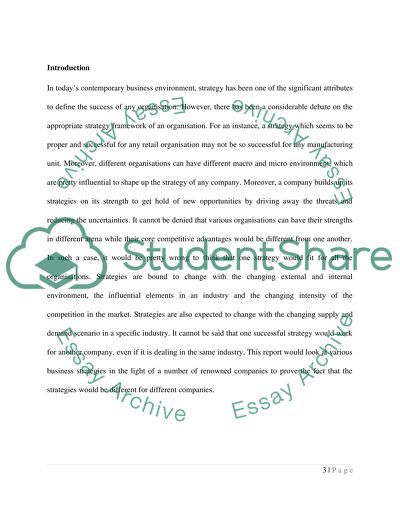Cite this document
(“Business Strategies: In the Light of Theories and Instances Essay”, n.d.)
Retrieved from https://studentshare.org/environmental-studies/1409987-according-to-markides
Retrieved from https://studentshare.org/environmental-studies/1409987-according-to-markides
(Business Strategies: In the Light of Theories and Instances Essay)
https://studentshare.org/environmental-studies/1409987-according-to-markides.
https://studentshare.org/environmental-studies/1409987-according-to-markides.
“Business Strategies: In the Light of Theories and Instances Essay”, n.d. https://studentshare.org/environmental-studies/1409987-according-to-markides.


